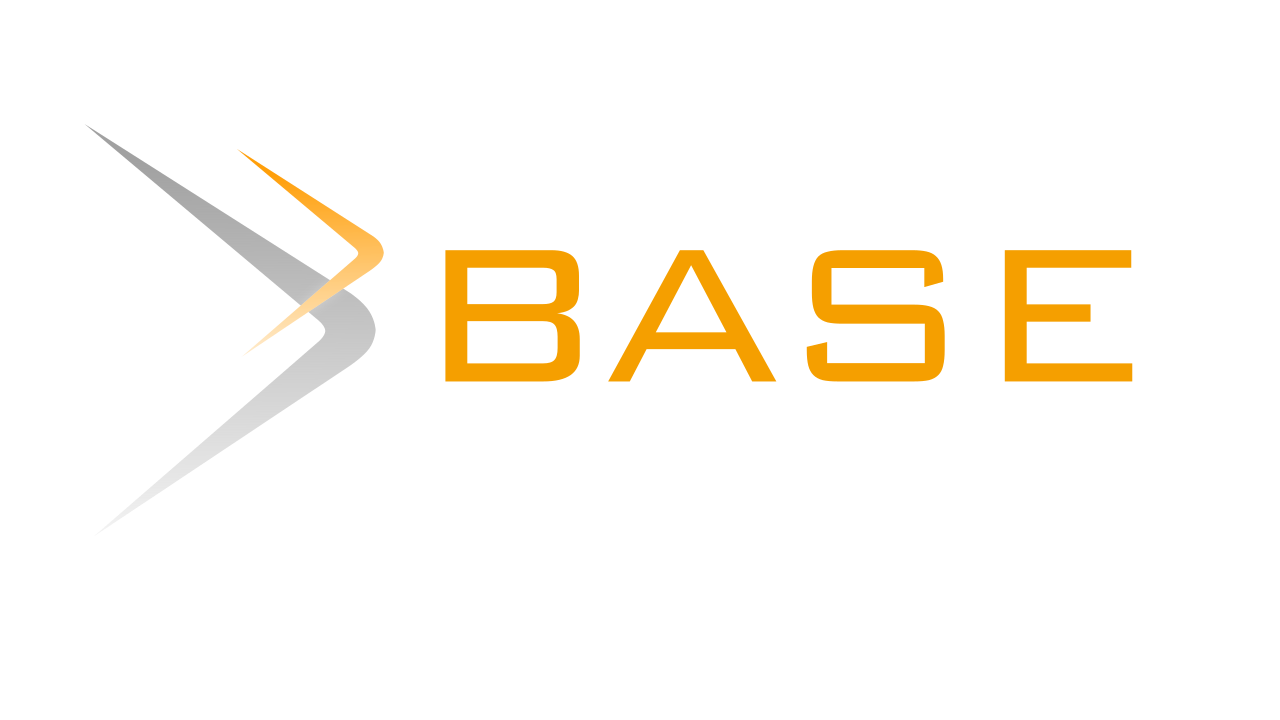Understanding the Potential of Indonesian Museums
DOI:
https://doi.org/10.32486/aksi.v7i2.413Abstract
This study aims to provide ideas and explanations of the potential development and growth by understanding the strength and opportunities of museums in Indonesia. Descriptive research is deemed best acceptable for the purposes of this study. The data set include museum regulations in Indonesia, namely the Law of the Republic of Indonesia No. 5 of 2017 for Culture Promotion; Government Regulation of the Republic of Indonesia No. 66 concerning Museums; and museum statistical data. This research uses literature review as a data analysis approach by examining the documents that became research data, then assessing the potential for the development and growth of museums in Indonesia by identifying the opportunities and challenges. The results of the analysis are presented in the form of a narrative. The results show that regulations, the advancement of technology; as well as the Indonesian population, provide opportunities for museums in Indonesia to grow and develop in the future. However, the limited number of cultural heritage experts and the low interest of Indonesians in visiting historical sites make developing museums challenging.
References
Abdou, A. H. (2019). Digital Heritage Applications and its Impact on Cultural Tourism. Journal of Association of Arab Universities for Tourism and Hospitality (JAAUTH), 17(1), 37–50.
Achyarsyah, M., Rubini, R. A., Hendrayati, H., & Laelia, N. (2020). Strategi Peningkatan Kunjungan Museum Di Era Covid-19 Melalui Virtual Museum Nasional Indonesia. Journal IMAGE |, 9(1), 20–33. https://www.museumnasional.or.id/virtual-
Badan Pusat Statistik. (2021). Statistik Sosial Budaya 2021. In Badan Pusat Statistik.
Boudah, D. J. (2016). Designing and Conducting Descriptive Research. In Conducting Educational Research: Guide to Completing a Major Project. SAGE Publications.
Bramantyo, B. D., & Ismail, P. (2021). Digital Tourism Museum Nasional Indonesia Melalui Virtual Tour Di Masa Pandemi Covid-19. WACANA: Jurnal Ilmiah Ilmu Komunikasi, 20(2), 184–196.
Budi Haswati, S. M., Albertina, E., & Harwinanto, A. P. (2021). Participatory Design Dalam Kajian Perancangan Standardisasi Museum Sultan Mahmud Badaruddin Ii. Jurnal Desain Komunikasi Visual, Manajemen Desain Dan Periklanan (Demandia), 6(1), 83.
Cempaka, G., Dyah W, A., & Sajili, M. (2021). Manajemen dan Tata Kelola Kemitraan Lintas Sektor Dalam Kegiatan Pameran Seni Rupa di Museum Basoeki Abdullah Jakarta Studi Kasus: Pameran Narasi Mitos …. Jurnal Manajemen Dan Bisnis …, 3(2).
Cerquetti, M., & Montella, M. M. (2021). Meeting Sustainable Development Goals (SDGs) in museum evaluation systems. The case of the Italian National Museum System (NMS). Sinergie, 39(1), 125–147.
Direktorat Jenderal Kebudayaan Kementerian Pendidikan dan Kebudayaan. (2021). Kebijakan pelestarian warisan budaya 2021.
Diwyarthi, N. D. M. S., & Eddy, W. T. (2019). Museum Existence In Tourism Industry At Millenial Era : A Postmodern Overview. The 5th International Conferences on Cultural Studies, Udayana University “Towards the Development of Trans-Disciplinary Research Collaboration in the Era of Global Disruption.”
Ginting, T., Monang, S., & Devianty, R. (2022). Peran Museum Perjuangan TNI dalam Merawat Peninggalan Karya Juang Prajurit di Kota Medan. Warisan: Journal of History and Cultural Heritage, 2(3), 103–108.
González-Vázquez, D., Feliu-Torruella, M., & Íñiguez-Gracia, D. (2021). The teaching of historical memory as a tool for achieving sdg 16 and teachers’ views on the exile memorial museum (Mume) routes. Sustainability (Switzerland), 13(24). https://doi.org/10.3390/su132413637
Hendrik, H. (2020). Tidak Ada Waktu: Studi Tentang Alasan Tidak Mengunjungi Museum. Kebudayaan, 15(1), 27–40. https://doi.org/10.24832/jk.v15i1.272
ICOM and OECD. (2019). Culture and Local Development: maximizing the impact (p. 213).
kebudayaan.kemdikbud.go.id. (2020). Pengertian Museum. Museum Kepresidenan.
Keumala, S., Darmawan, H., & Sopian, T. (2022). the Influence of Virtual Tour on Visit Intention in National Museum of Indonesia. International Journal of Sustainable Competitiveness on Tourism, 1(01), 12–22. https://doi.org/10.34013/ijscot.v1i01.770
Khatimah, U., Syaharuddin, S., Mutiani, M., Abbas, E. W., & Subiyakto, B. (2022). Utilization of Wasaka Museum as a Learning Resource on Social Studies. The Innovation of Social Studies Journal, 3(2), 163–171. https://doi.org/10.20527/kss.v1i2.2027
Kothari, C. . (2004). Research Methodology Methods and Techniques (Second Revised Edition). In New Age International Publisher. New Age International Publisher.
Kusuma, N. R., & Ramdan, G. A. (2022). Virtual Museum in Chromesthesia Perspective as an Act of Education Sustainability. Proceedings of the 4th International Conference on Arts and Design Education (ICADE 2021), 665(Icade 2021), 212–218. https://doi.org/10.2991/assehr.k.220601.047
Lestariningsih, E., Maharani, K., & Lestari, T. K. (2018). Measuring creative economy in Indonesia: Issues and challenges in data collection. In Asia-Pacific Sustainable Development Journal (Vol. 25, Issue 2). https://doi.org/10.18356/16fa938f-en
Maharani, N., & Sudrajat. (2018). Valuasi Ekonomi Museum Karst Indonesia Di Kawasan Geopark Gunungsewu , Kabupaten Wonogiri , Jawa Tengah. Jurnal Bumi Indonesia.
Mufidah, I. (2019). Potret Museum Di Indonesia. In Kementerian Pendidikan dan Kebudayaan Sekretariat Jenderal Pusat Data dan Statistik Pendidikan dan Kebudayaan.
Network of European Museum Organisation. (2016). Money Matters: The Economic Value of Museums. Money Matters: The Economic Value of Museums: 24th Annual Conference, 18–23. http://www.ne-mo.org/fileadmin/Dateien/public/NEMo_documents/NEMOAC2016_EcoVal.pdf
Peraturan Pemerintah Republik Indonesia Nomor 66 Tentang Museum, Peraturan Pemerintah (2015). https://peraturan.bpk.go.id/Home/Details/5642/pp-no-66-tahun-2015
Praditasari, W. A. A., Aprilliyani, R., & Kholis, I. (2021). Design and Implementation of Interactive Virtual Museum based on Hand Tracking OpenCV in Indonesia. International Conference on Electrical Engineering, Computer Science and Informatics (EECSI), 8, 253–256. https://doi.org/10.23919/EECSI53397.2021.9624265
Prayitno, A. (2022). Peran Museum Digital dalam Pembelajaran Sejarah. Titen: Jurnal Pengabdian Masyarakat, 1(1), 1–4.
Purwanto, A. (2021). Cagar Budaya di indonesia: Pengertian, Regulasi, Kilas Balik, Potret, dan Tantangan Pelestarian. Kompas.Id. https://kompaspedia.kompas.id/baca/paparan-topik/cagar-budaya-di-indonesia-pengertian-regulasi-kilas-balik-potret-dan-tantangan-pelestarian
Pusat Data dan Teknologi Informasi Kementerian Pendidikan dan Kebudayaan. (2021). Statistik Kebudayaan 2021. In Kementerian Pendidikan dan Kebudayaan. http://publikasi.data.kemdikbud.go.id/uploadDir/isi_CC4179A6-B4FF-4E0C-809B-5CADD9132AB5_.pdf
Sekretariat Jenderal Pusat Data dan Teknologi Kementerian Pendidikan dan Kebudayaan. (2020). Potret Cagar Budaya Di Indonesia.
Singh, Y. K. (2006). Fundamental of Research Methodology and Statistic. In New Age International Publisher (Issue December).
Snyder, H. (2019). Literature review as a research methodology: An overview and guidelines. Journal of Business Research, 104(July), 333–339. https://doi.org/10.1016/j.jbusres.2019.07.039
Soraya, A., & Martyastiadi, Y. S. (2021). Aesthetics of Virtual: The Development Opportunities of Virtual Museums in Indonesia. International Journal of Creative and Arts Studies, 8(1), 25–33. https://doi.org/10.24821/ijcas.v8i1.5346
Stein, R. (2017). Museums as Economic Engines. In American Association of Museums (Issue December). https://www.aam-us.org/2018/01/19/museums-as-economic-engines/
Sutaarga, M. A. (1998). Pedoman Penyelenggaraan dan Pengelolaan Museum. In Departemen Pendidikan Dan Kebudayaan Direktorat Jenderal Kebudayaan Proyek Pembinaan Permuseuman Jakarta 1997/1998 (Vol. 4).
Tjahyopurnomo, R., Munandar, A. A., Perdana, A., Rahayu, A., Gultom, A. M., Susanto, D., Asiarto, L., Supardi, N., & Arbi, Y. (2011). Sejarah Permuseuman di Indonesia (1st ed.). Direktorat Permuseuman Direktorat Jenderal Sejarah dan Purbakala Kementerian Pariwisat dan Ekonomi Kreatif.
Undang-Undang Republik Indonesian No 5 Tahun 2017 tentang Pemajuan Kebudayaan, 1 (2017). https://peraturan.go.id/common/dokumen/ln/2017/uu5-2017bt.pdf
United Nations. (2022). Sustainable Development Goals. United Nations. https://sdgs.un.org/goals
Winahyu, A. I. (2022, September 6). Hanya 8% Museum di Indonesia yang Penuhi Standar Tertinggi. September, 1–5.
World Population Review. (2022). Total Population by Country 2022. Https://Worldpopulationreview.Com/. https://worldpopulationreview.com/countries
Yolanda, C. (2020). 10 Provinsi dengan Museum Terbanyak di Indonesia. 1–9.
Zahra, M. F. A., Maulina Hanafiah, U. I., & Setiawan, F. T. (2021). Analisa Standarisasi Museum Batik Dengan Pendekatan Kearifan Lokal Budaya Arsitektur Surakarta. Jurnal Patra, 3(2), 127–137. https://doi.org/10.35886/patra.v3i2.248
Downloads
Published
How to Cite
Issue
Section
License
Copyright (c) 2022 Qimyatussaadah Hafidz, Mala Sharma

This work is licensed under a Creative Commons Attribution-ShareAlike 4.0 International License.













